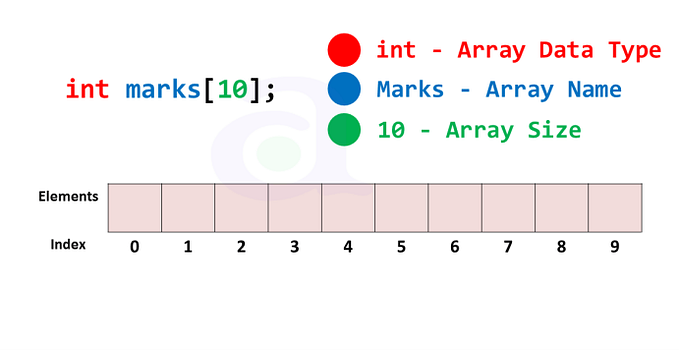Understanding Of Header Files in C++ Programming
Introduction:
In C++ programming, header files are used to declare the functions, objects, and classes that are used in a program. They are like blueprints or templates for the program, providing information on the structures that will be used.
1. What is a Header File in C++?
A header file is a file that contains declarations for functions, objects, and classes that are used in a C++ program. They typically have the .h extension and they are included in a program using the #include directive.
2. Why Use Header Files in C++?
Header files are used in C++ to avoid duplication of code and to make the code more modular and easier to manage. By declaring functions, objects, and classes in header files, we can use them in multiple places throughout our program without having to redefine them each time.
3. Types of Header Files in C++

- System Header Files:
These header files are provided by the compiler and contain declarations for the standard C++ library functions. They typically have names that begin with the letter "c" or "c++", such as cstdlib or cmath.
- User-Defined Header Files:
These header files are created by the programmer and contain declarations for functions, objects, and classes that are used in the program. They typically have names that describe the contents of the file, such as myfunctions.h or myclasses.h.
4. How to Use Header Files in C++
To use a header file in a C++ program, we need to include it using the #include directive. For example, including the <iostream> header file, we would write:

#include <iostream>This makes the declarations in the iostream header file available for use in our program.
Conclusion:
Header files are an important part of C++ programming. They allow us to declare functions, objects, and classes in a modular and reusable way, making our code more manageable and easier to maintain. By using header files, we can avoid duplication of code and make our programs more efficient.








